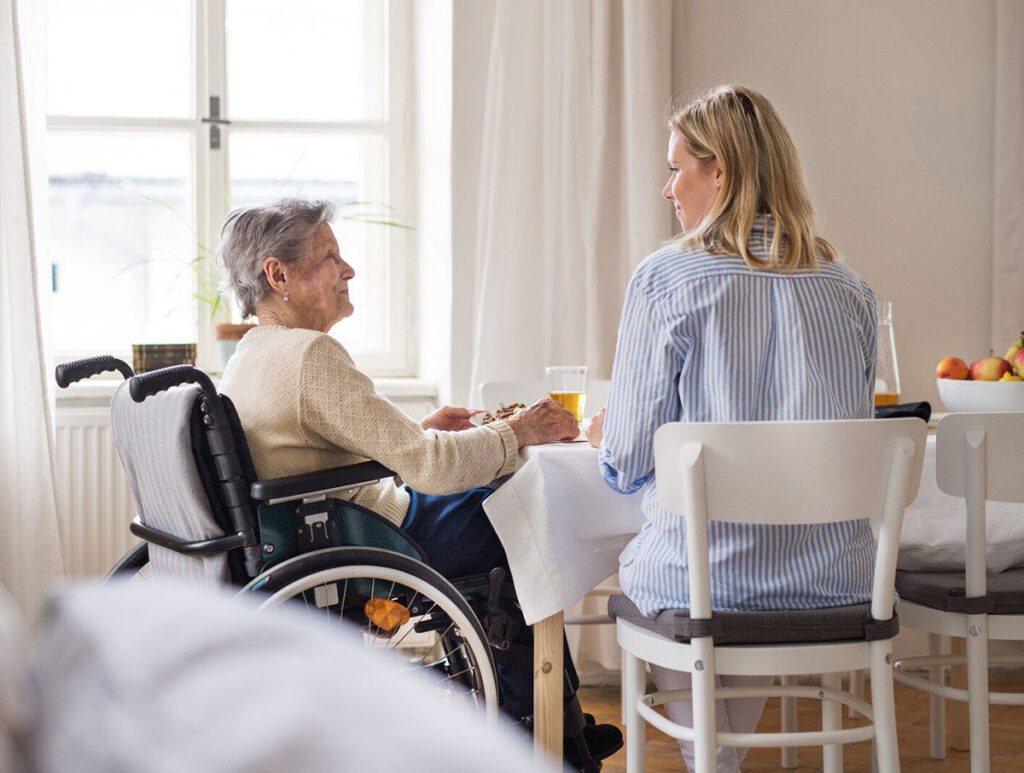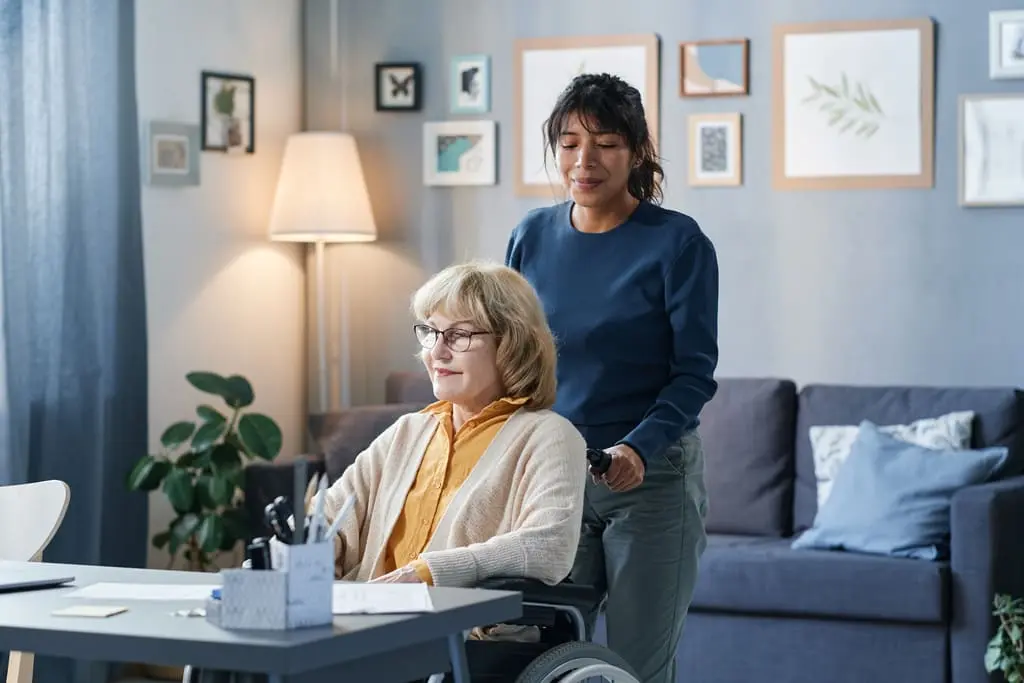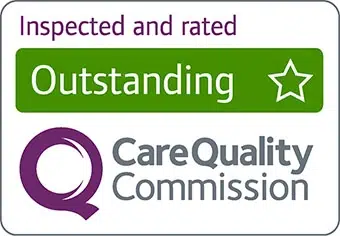What Is Safeguarding?
Everyone deserves to live a life of dignity and respect. Safeguarding legislation has evolved to ensure measures are taken to protect the health, well-being, and human rights of children, young people, and vulnerable adults from abuse, harm, and neglect. Children and adults at risk can experience various types of harm and abuse, and separate policies and procedures are in place to address these issues.
The UK government developed six safeguarding principles, agreed upon within the Care Act 2014, to protect vulnerable individuals.
Empowerment involves supporting individuals in making informed decisions and providing them with the necessary resources.
Protection focuses on supporting and representing individuals, especially when working with children in health and social care settings.
Prevention emphasises acting proactively to prevent neglect, harm, or abuse by raising awareness, providing training, and encouraging individuals to seek help.
Proportionality ensures that the response to potential risks is appropriate and minimally impacts the individual’s life.
Partnership promotes collaboration between organisations and communities, enabling the sharing of incidents and increasing reporting.
Accountability requires transparency and responsibility from everyone involved in providing care and support, including carers, social workers, doctors, friends, and relatives.
Organisations need to establish habits, practices, rules, and procedures that prioritise the safety of individuals. They also must ensure that everyone understands the appropriate steps to take when they suspect someone is unsafe. At Leaf Complex Care, we provide exceptional training in safeguarding to ensure the people we serve are always safe and protected.
Safeguarding Children
Safeguarding children involves providing appropriate services, prioritising their health and well-being, and ensuring they are defended against exploitation, neglect, and harm.
The UK government has approved legislation and published guidance to safeguard children, such as the Care Act 2014, which strives to prevent abuse, ensure safety, and promote the best possible outcomes.
All organisations that work with or come into contact with children have a legal obligation to establish and uphold safeguarding policies and procedures. These policies aim to provide equal protection for every child, regardless of age, disability, gender, race, religion or belief, sex, or sexual orientation. Maintaining the health and safety of children is a collective responsibility of various entities such as schools, hospitals, community organisations and the local authorities.
Safeguarding Adults
Everyone deserves a life free from abuse and neglect, regardless of age, gender, faith, or ethnicity. Vulnerable adults, also referred to as adults at risk, can include:
- Older individuals
- Individuals with learning disabilities
- People with addiction
- Individuals with long-term medical conditions
- People with physical disabilities
- Individuals facing mental health challenges physical disabilities
Adults requiring safeguarding assistance may live alone or in care homes. Professional carers play a vital role in reducing and preventing the risk of harm, neglect, or abuse while supporting individuals. Safeguarding Adult Training is essential for employees as it educates them about what actions to take and what signs to look out for while ensuring individuals maintain their independence.
What Safeguarding Means for People Who Use Care Services
Care services for children, young people, or adults must implement strict safeguarding policies. Completing a verifiable safeguarding training course is a best practice and a legal requirement. Without it, vulnerable individuals are at risk, as warning signs may be missed. A lack of safeguarding practices can lead to several unwanted outcomes:

- Abuse and neglect are missed, leaving vulnerable individuals exposed to harm
- A lack of compassion and empathy, compromising the well-being and dignity of vulnerable individuals
- Heightened confusion and distress, worsening already challenging situations
- Loss of trust in healthcare professions for vulnerable individuals
By ensuring that employees receive comprehensive safeguarding training, organisations can mitigate these risks and create an environment prioritising the well-being, safety, and rights of people in their care.
Common Types Of Abuse
Safeguarding is a collective responsibility that extends to everyone. All vulnerable individuals have the right to protection and to have their concerns regarding abusive experiences addressed.
UK legislation identifies ten types of abuse:
Physical abuse involves acts of violence, medication misuse, improper restraint, or sanctions. Safeguarding requires protecting ourselves and others from physical harm.
Sexual abuse encompasses unwanted or inappropriate sexual behaviour. Safeguarding involves preventing and addressing any form of behaviour that makes individuals uncomfortable.
Psychological abuse includes emotional mistreatment, threats, deprivation of contact, humiliation, blaming, controlling, intimidation, coercion, harassment, verbal abuse, isolation, or withdrawal from support networks. Safeguarding entails treating each other with kindness, respect, and empathy.
Financial or material abuse encompasses theft, fraud, exploitation, coercion related to wills, property, inheritance, or financial transactions, and misuse or misappropriation of possessions or benefits. Safeguarding means refraining from taking advantage of someone’s money or belongings.
Neglect and acts of omission involve failing to address medical or physical care needs, denying access to appropriate health or social care services, withholding medication, adequate nutrition, or heating. Safeguarding necessitates meeting everyone’s basic needs, such as food, shelter, and care.
Discriminatory abuse encompasses abusive behaviours based on factors like race, gender, or disability. Safeguarding promotes creating a safe and inclusive environment where everyone is treated with respect and dignity.
Domestic abuse comprises psychological, physical, sexual, financial, and emotional abuse. Safeguarding protects individuals from all forms of domestic abuse.
Modern slavery encompasses slavery, human trafficking, forced labour, and domestic servitude. Safeguarding protects the human rights of each person and fights against modern slavery.
Organisational abuse may occur within residential care settings, including nursing homes and hospitals. It can involve low standards of care, inflexible routines, or inadequate responses to complex needs. Safeguarding involves ensuring that individuals receive effective care and are treated with respect.
Self-neglect includes behaviours such as neglecting personal hygiene, health, or surroundings. Safeguarding ensures that individuals are physically and mentally healthy.
Understanding the different types of abuse empowers us to recognise and take action to prevent them.
Determining Vulnerability
Vulnerability is challenging to define. In the past, the definition of ‘vulnerable adult’ was someone in need of community care services due to disability, age, or a health condition, who cannot take care of themselves against significant harm. However, the Care Act 2014 replaced this definition with the concept of an ‘adult at risk’. Individuals who require care and support and are either experiencing or at risk of abuse or neglect and cannot protect themselves, are classified as adults at risk.
There are different types of vulnerability a person can experience. Material aspects include money, food, shelter, healthcare, and education. Emotional aspects involve the need for care, love, support, space to grieve, and emotional containment. Social aspects encompass the absence of a supportive peer group, role models, or guidance in challenging situations and risks present in the immediate environment.
Recognising vulnerability in various forms is crucial as it is the initial step towards protecting vulnerable individuals and providing organisations with the necessary support and safeguarding.
Signs and Indicators That Someone Is in Need of Safeguarding
Safeguarding training plays a crucial role in familiarising individuals with the common signs of abuse and neglect. This knowledge is necessary for people working directly with adults or children. By understanding the signs and indicators comprehensively, appropriate response strategies and the correct procedures for reporting safeguarding concerns can be developed and implemented. Signs and indicators that someone is in need of safeguarding include the following:
- Unexplained financial difficulties
- Withdrawal or refusal to engage with others
- Low personal hygiene or untidy appearance
- Sustained feelings of depression and withdrawal from activities once enjoyed
- Unexplained injuries, such as bruises, scratches, or burns in unusual places
- Anxiety, restlessness, or extreme shyness around specific individuals
- Aggression, whether verbal or physical
- Sudden and unexplained changes in attitude or behaviour
- Persistent efforts to conceal specific body parts or low self-esteem regarding one's appearance
- Poor relationship with family members
Importance Of Safeguarding in Health Care
Safeguarding holds significant importance in social care due to the vulnerable nature of the individuals involved. Their care is the responsibility of caregivers and health and social care professionals.
Health and social care professionals conduct ongoing risk assessments and reviews to ensure the implemented safeguarding measures are effective and suitable for each individual’s needs. It is crucial to approach vulnerable people with compassion, empathy, and an open mind, recognising that anyone, regardless of circumstances, could experience abuse or neglect. Acting in the vulnerable person’s best interests and taking immediate action on any safeguarding concerns or issues is vital. Documenting any concerns while reporting unusual events is an essential step in safeguarding.
In the workplace, there are several examples of effective safeguarding measures. These include conducting DBS (Disclosure and Barring Service) checks to screen applicants for criminal records and overall suitability for the role. Thorough interviewing processes involving multiple interviews with different individuals help assess the character of potential employees. Providing appropriate training ensures that individuals understand the importance of speaking up if they suspect abuse or neglect in health and social care settings. Raising awareness among employees and people working with vulnerable individuals about the signs of abuse and neglect is also instrumental in preventing instances.

Making Safeguarding Personal
Making Safeguarding Personal (MSP) is an approach that ensures the person at risk is fully engaged and consulted throughout the safeguarding enquiry. It adopts a person-centred and outcome-focused approach to safeguarding children and adults.
MSP goes beyond obtaining consent, and it involves actively listening to people’s perspectives and desires for the outcome they seek. It provides opportunities for individuals to express what they would like to change at every stage of the safeguarding process. This may include requests to avoid contact with individuals posing a risk, modifications to their care plan, apologies from those who have harmed them, or pursuing legal action if necessary.
Safeguarding Assurances with Leaf Complex Care
At Leaf Complex Care, we are dedicated to supporting vulnerable individuals through our comprehensive range of care services. We prioritise the safety and well-being of the people we serve, which is why we take great care in ensuring that our support workers are highly qualified. They undergo rigorous screening processes to meet all necessary compliance criteria, including completing thorough safeguarding training.
We understand that each individual has unique needs and preferences, and we strive to deliver care tailored to their specific circumstances. Our compassionate approach is designed to humanise the care experience and create meaningful connections with the people we support.
If you would like to learn more about our services and how we can assist you or your loved ones, we invite you to reach out to our offices in Bristol, Slough, Somerset and the Midlands. Our dedicated team is ready to provide you with further information and address any inquiries you may have.
Contact us today to discover how Leaf Complex Care is transforming the care system for the better.


















